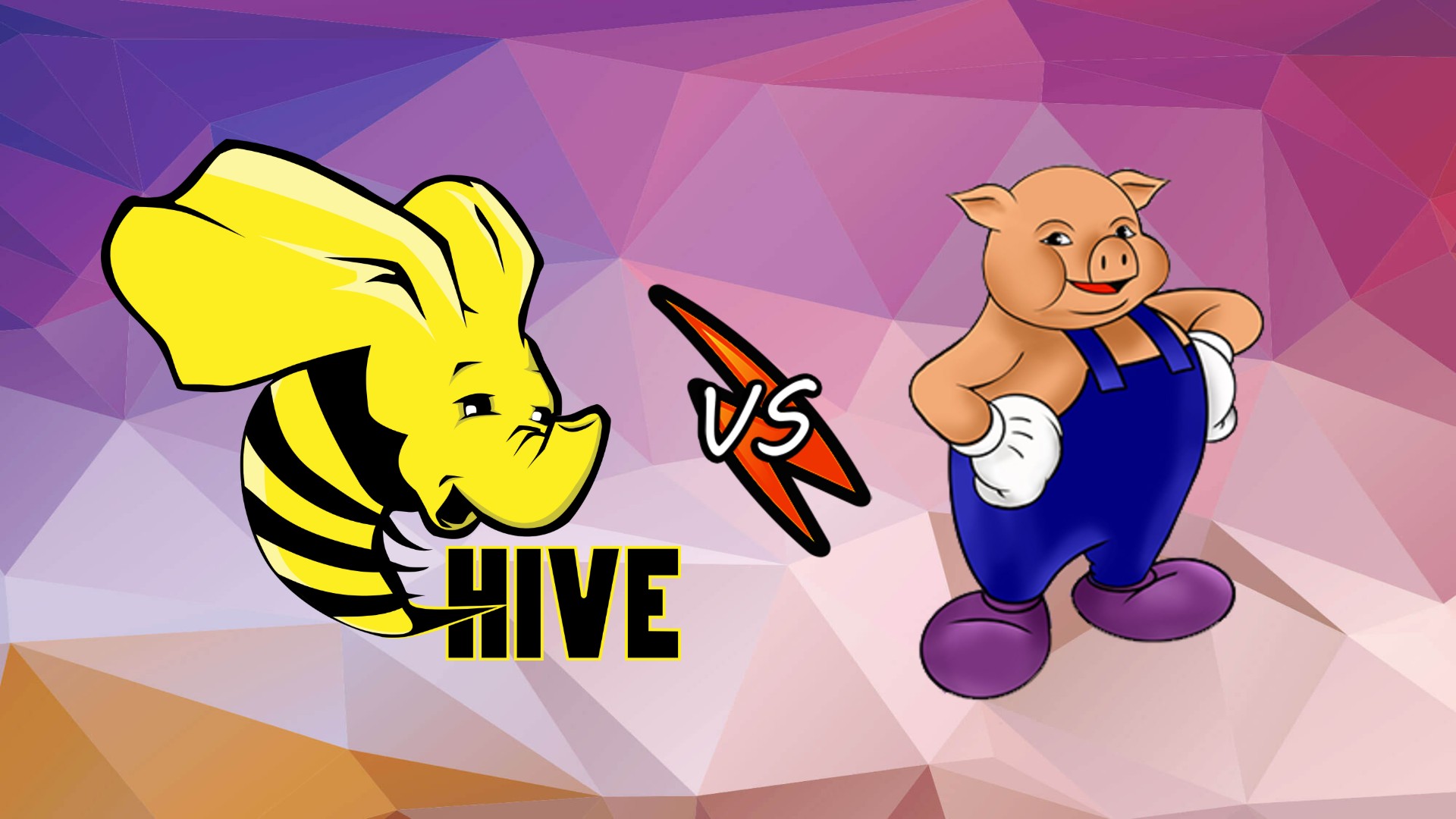Apache Pig and Apache Hive are the two key components of the Hadoop ecosystem. Both the tools are open-sourced and run on the top of MapReduce. In this article, we list down the comparisons between the two components.
1| Definition
Apache Pig is a platform for analyzing large data sets which consists of a high-level language for expressing data analysis programs, coupled with infrastructure for evaluating these programs. Pig’s infrastructure layer consists of a compiler that produces sequences of Map-Reduce programs, for which large-scale parallel implementations already exist (e.g., the Hadoop subproject). It is released under the Apache 2.0 license.
Apache Hive is an open source project run by volunteers at the Apache Software Foundation. Hive comes with built-in connectors for comma and tab-separated values (CSV/TSV) text files, Apache Parquet, Apache ORC, and other formats. Users can extend Hive with connectors for other formats. It is designed to maximize scalability (scale out with more machines added dynamically to the Hadoop cluster), performance, extensibility, fault-tolerance, and loose-coupling with its input formats.
2| Language They Are Using
Pig’s language layer currently consists of a textual language called Pig Latin whereas Apache Hive uses HiveQL which is a declarative language.
3| Properties
The properties of Apache Pig are mentioned below:
- Ease of programming. It is trivial to achieve parallel execution of simple, “embarrassingly parallel” data analysis tasks. Complex tasks comprised of multiple interrelated data transformations are explicitly encoded as data flow sequences, making them easy to write, understand, and maintain.
- Optimization opportunities. The way in which tasks are encoded permits the system to optimize their execution automatically, allowing the user to focus on semantics rather than efficiency.
- Extensibility. Users can create their own functions to do special-purpose processing.
- Extract Transform Load: This platform extracts the numerous dataset, performs operations on them and then dumps the data in the required format in Hadoop Distributed File System (HDFS).
On the other hand, Hive provides the following properties:
- Tools to enable easy access to data via SQL, thus enabling data warehousing tasks such as extract/transform/load (ETL), reporting, and data analysis.
- A mechanism to impose structure on a variety of data formats
- Access to files stored either directly in Apache HDFS or in other data storage systems such as Apache HBase
- Query execution via Apache Tez, Apache Spark, or MapReduce
- Procedural language with HPL-SQL
- Sub-second query retrieval via Hive LLAP, Apache YARN, and Apache Slider.
- Hive provides standard SQL functionality, including many of the later SQL:2003, SQL:2011, and SQL:2016 features for analytics.
4| When To Use
Apache Pig is an exceptional Extract-Transform-Load tool for big data and can be used to handle numerous amount of unstructured data. This tool is faster than the other as it uses the multi-query approach. This tool provides a number of built-in operators to support data operations like joins, filters, sorting, etc. Pig is mainly used by researchers and programmers
On the other hand, Hive can be used to query large datasets as well as analyse historical data. This tool has smart built-in features on accessing raw data and can be used for creating accurate reports. Hive is widely adopted in case of structured data and is mainly used by data analysts.
5| Latest Release
The stable release of Apache Hadoop is 3.1.1 and it works with Hadoop 3.x.y. while the stable release of Apache Pig is 0.17.0 and this release works with Hadoop 2.X (above 2.7.x).
Bottom Line
As mentioned earlier, both of them are the two main components of the Hadoop ecosystem and both works for the same purpose. At the end of the day, it all depends upon the choices of the users in which they are more comfortable with. Both the tools have a moderately large community and will be developed with great advancements in the coming years.


















































































